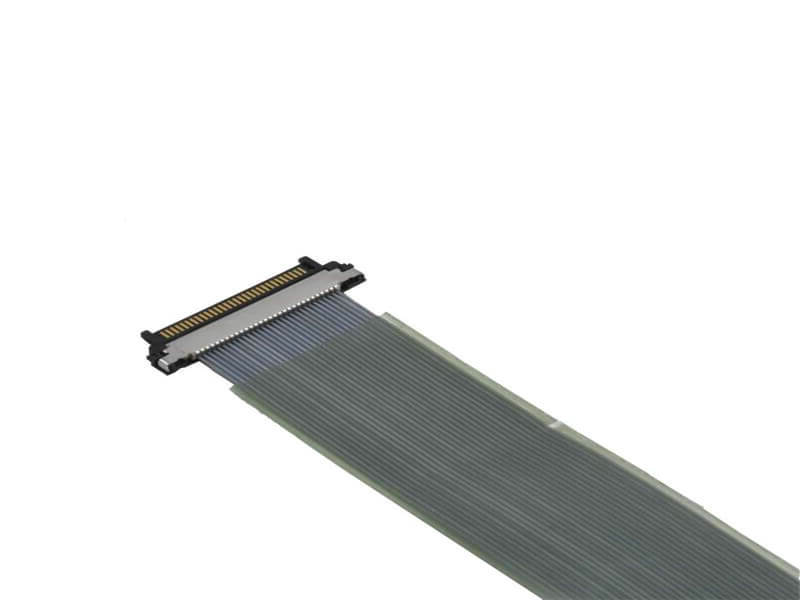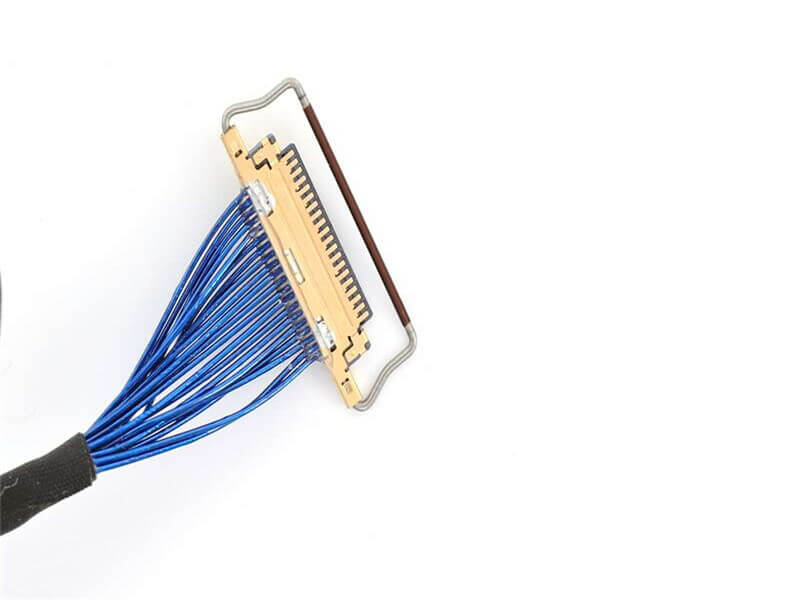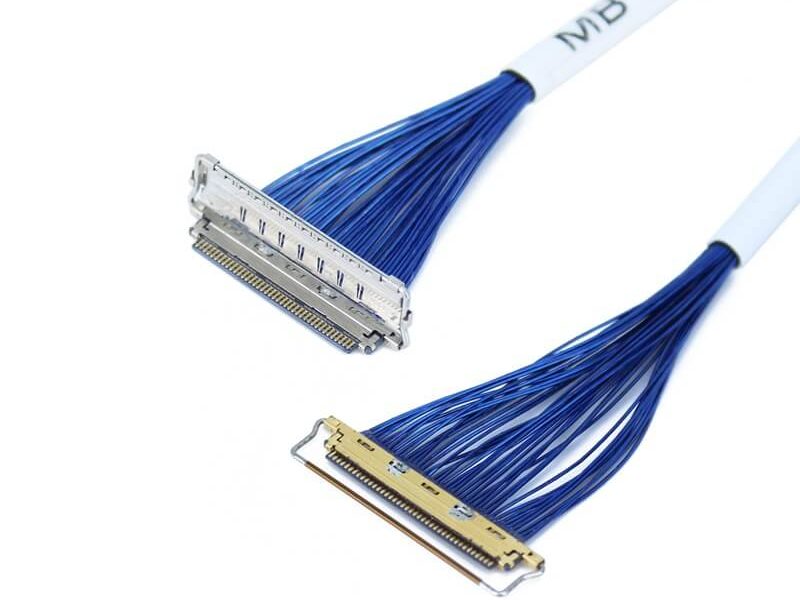Effective Solutions for Excessive Signal Attenuation in Micro Coaxial...
Micro coaxial cables are widely used in high-frequency signal transmission, such as in telecommunications, medical devices, and aerospace systems. However, excessive signal attenuation can degrade performance, leading to data loss or equipment malfunction. This article explores practical solutions to minimize signal attenuation in micro coaxial cables, ensuring reliable signal integrity.
1. Understand the Causes of Signal Attenuation
Signal attenuation occurs due to energy loss as signals travel through the cable. Common causes include:
Resistive Losses: Poor conductor materials or insufficient thickness.
Dielectric Losses: Low-quality insulation materials.
Radiation Losses: Inadequate shielding or improper grounding.
Skin Effect: High-frequency signals traveling only on the conductor’s surface.
https://example.com/image1.jpg
Fig. 1: Factors contributing to signal attenuation in micro coaxial cables.
2. Choose High-Quality Materials
a. Optimize Conductor Materials
Use conductors with low resistivity, such as oxygen-free copper (OFC) or silver-plated copper. These materials reduce resistive losses and improve conductivity.
b. Upgrade Dielectric Insulation
Select low-loss dielectric materials like PTFE (Teflon) or foam polyethylene. These minimize energy absorption in the insulator layer.
c. Enhance Shielding
Multi-layer shielding (e.g., braided copper + foil) blocks external electromagnetic interference (EMI) and reduces radiation losses.
https://example.com/image2.jpg
Fig. 2: Cross-section of a shielded micro coaxial cable with OFC conductor and PTFE insulation.
3. Optimize Cable Design and Installation
a. Shorten Cable Length
Signal attenuation increases with cable length. Use the shortest feasible cable for your application.
b. Avoid Sharp Bends
Bending the cable beyond its minimum bend radius disrupts the signal path. Follow manufacturer guidelines for installation.
c. Proper Termination
Use precision connectors (e.g., SMA, BNC) and ensure soldering or crimping is done correctly to prevent impedance mismatches.
https://example.com/image3.jpg
Fig. 3: Proper termination techniques for micro coaxial connectors.
4. Use Signal Amplifiers or Repeaters
For long-distance applications, integrate signal amplifiers or repeaters to boost weakened signals. Ensure compatibility with your cable’s frequency range.
5. Regular Testing and Maintenance
Use tools like a network analyzer or time-domain reflectometer (TDR) to measure attenuation and locate faults. Replace damaged cables promptly.
https://example.com/image4.jpg
Fig. 4: Technician testing a micro coaxial cable with a network analyzer.
6. Select the Right Cable Specifications
Match the cable’s frequency rating and impedance (typically 50Ω or 75Ω) to your system requirements. Overspecifying can save costs, but underspecifying leads to losses.





